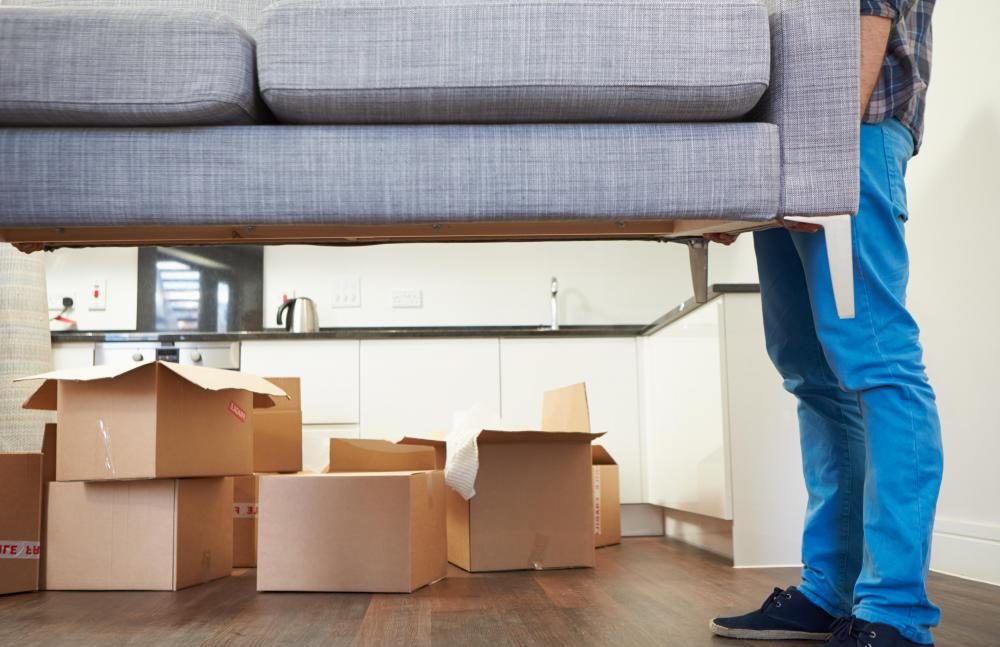The retail industry has yet to solve the challenge of reliably shipping oversized products such as sofas, mattresses and treadmills. 21% of U.S. adults who have bought such a large item in the last year had it arrive damaged, and 15% said the item never arrived at all. After making a purchase, 16% were left to their own devices to find transport for the oversized item. Calling them “dissatisfied customers” is an understatement and the effect on sales is predictable, with 28% saying they are hesitant to buy an oversized item online due to shipping uncertainties.
How Customers Stomach the Experience Now
- 11% said they fought with customer service while the delivery process unfolded
- Another 11% reported wasting an entire day tracking down shipment of an oversized product
- 15% said they missed work while waiting for a delivery concerned about porch theft and unable to pickup items from the depot with their vehicle
- 13% reported keeping an item because of an overly complicated return process.
Customer value is built over the long-term and these type of experiences will not result in referrals or make online shopping of big ticket items scalable.
The Problem Can be Fixed
Factors that can cause friction in shipping large items include pickup and delivery schedules, insurance, assembly and the cost of transportation. These are all items local retailers perform very well in the last mile to consumers homes. Rather than by-passing stores, they are quickly becoming a valuable asset for online sales in what’s referred to as omnichannel retailing or click to brick.
By including dealers in the online transaction, they can act as a showroom for top movers, allow consumers to pick items up in store, assemble, and deliver orders to consumers homes in the last mile. By working collaboratively with retailers in a local area, an online hub and spoke model is emerging. Retailers are in prime locations for trucks and also have receiving bays for larger shipments.
Plus, when items ship to the local retailer, manufacturers can up sell and ship more items at the same time to influence high volume merchant buying decisions to reach more consumers and yes, even grow their online sales. In the Amazon age of retailing, customers have come to expect their online purchases fast and free, with shipping reliability a given.
Problem Solved
Those who adopt the model have much to gain by simultaneously growing their online and physical retail sales channels. For example, the $19.2 billion online furniture and home furnishings market is “one of the fastest growing segments of e-retail” and will hit $42 billion by next year. But in order to reach this scale and provide best in class consumer experiences that lead to referrals and repeat purchases, the industry needs to change. Rather than opening stores, which is terribly expensive and difficult to execute, the best way to scale is to leverage existing retail infrastructure.
Want to discuss how you can become an omnichannel brand and reach your full potential both online and in store? Feel free to contact us.





